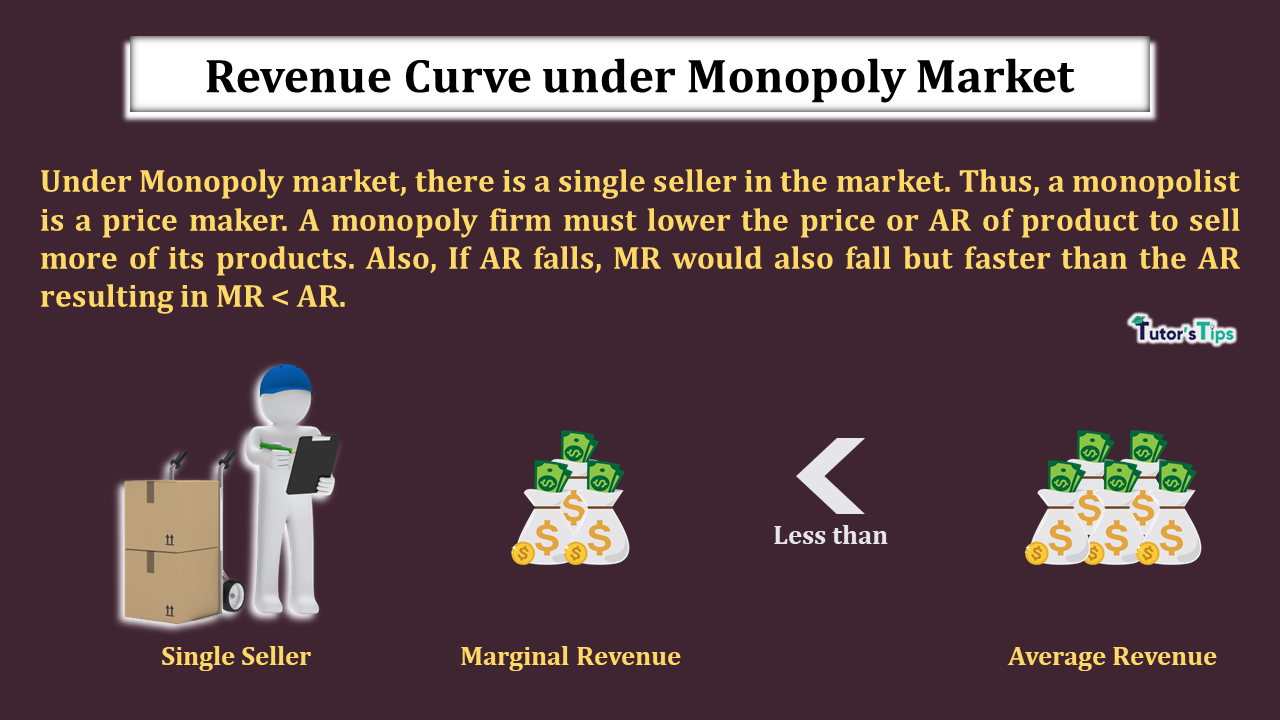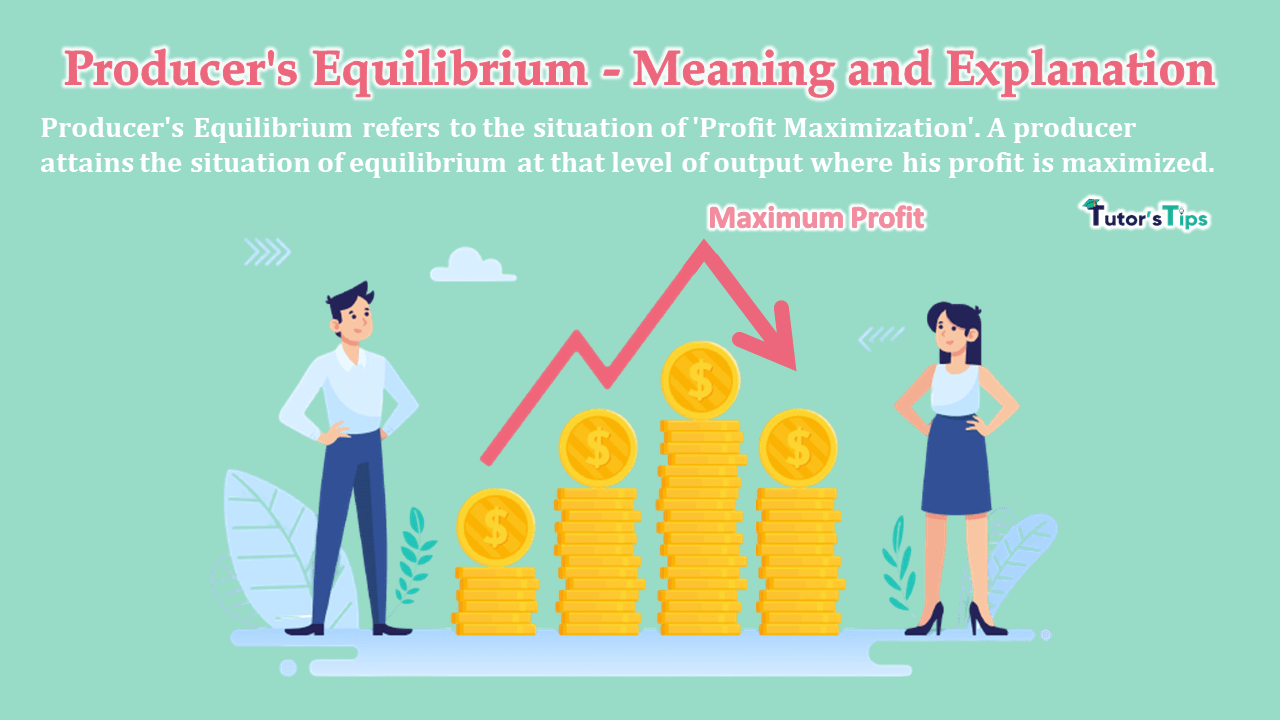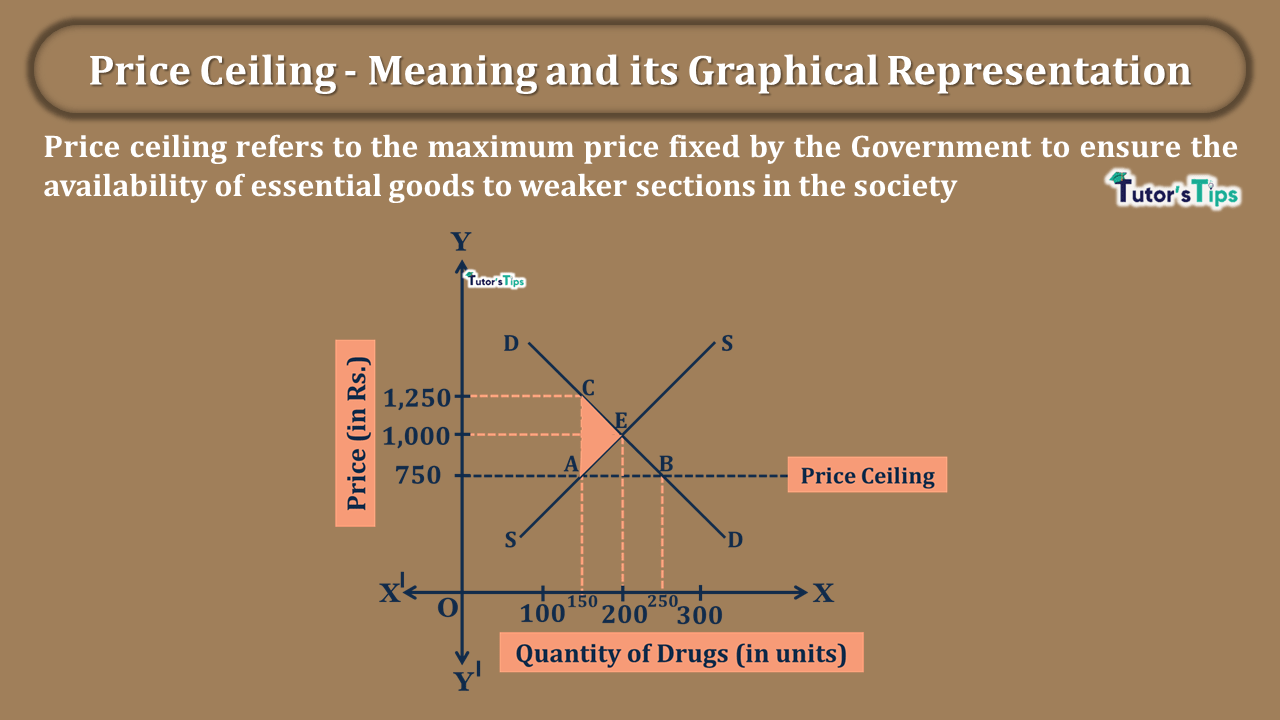The average and Marginal Revenue curve under Monopoly for a firm are represented by the downward sloping curves but in this case, MR< AR.
Revenue Curve under Monopoly:
Under the Monopoly market, there is a single seller in the market. Thus, a monopolist is a price maker. It implies that if a monopolist firm wants to sell more in the market, it can reduce the price of the product. Under this type of market, the firm’s average revenue curve slopes downward from left to right. Being a single seller of the product in the market, the monopolist can fix the price whatever he wishes to. But, he can sell more of his products only at less price. Thus, there is a negative relationship between the demand for a product and its price in the monopoly market. Accordingly, the firm’s AR curve or demand curve or price line slopes downward. Also, if the AR curve slopes downward, the MR curve also slopes downward, and faster than the AR curve. So that MR<AR.
It can be well explained with the help of tabular and graphical representation:
Tabular Representation:
The following schedule illustrates the behaviour of AR, MR and TR in a monopoly market:
|
Output/Sales Q (In units) |
Average Revenue AR = TR/Q = Price (in Rs.) |
Total Revenue TR = AR*Q (In Rs) |
Marginal Revenue MR = TRn– TRn-1 (In Rs.) |
| 1 | 20 | 1*20=20 | 20 |
| 2 | 18 | 2*18=36 | 16 |
| 3 | 16 | 3*16=48 | 12 |
| 4 | 14 | 4*14=56 | 8 |
| 5 | 12 | 5*12=60 | 4 |
The above table shows that the monopolist sells 5 units of a product when the price is Rs.12 per unit. If it increases its price to Rs.14, he can sell only 4 units. Similarly, as he tries to increase the price, the demand for the same would decline.
On the other side, in a monopoly market, if a firm wants to sell more units, it will lower the price of the product. In the table, it is evident that if the firm increases the sales from 1 unit to 2 units, the price would be reduced to Rs.18 from Rs.20. Likewise, the increment in sales to 3,4 and 5 units results in a reduction in prices to Rs.16, Rs.14 and Rs.12 respectively.
Graphical Representation:

In fig, X-axis shows the output and Y-axis shows the average revenue and marginal revenue. Here, AR shows the average revenue curve and MR shows the marginal revenue curve. The point A indicates equal AR and MR. Furthermore, the AR curve slopes downward showing less price with an increase in sales of output. It represents that a monopoly firm must lower the price or AR of product to sell more of it. Also, If AR falls, MR would also fall but faster than the AR resulting in MR < AR.
References:
Introductory Microeconomics – Class 11 – CBSE (2020-21)







1 Comment